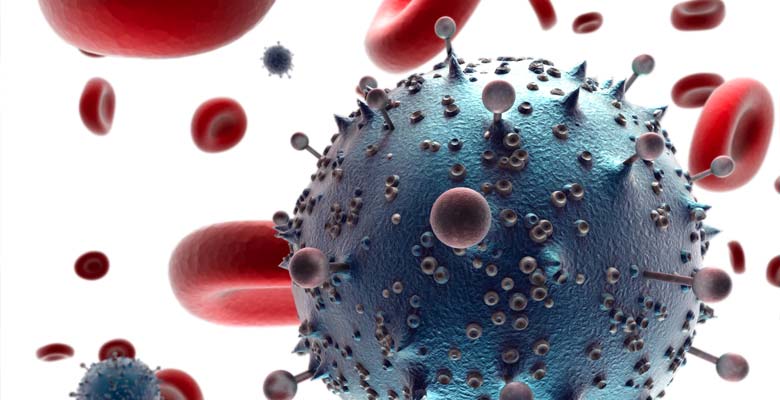HIV still replicates within the lymphoid tissues, even when people are on antiretroviral treatment and have an undetectable viral load, according to scientists at Northwestern University in the USA.
This new research, published in the journal Nature (January 27), provides valuable insight into why and how HIV remains so difficult to treat and cure.
Successful antiretroviral treatment means that HIV can be reduced to undetectable amounts in the blood, but it cannot be completely eliminated because it hides within ‘viral reservoirs’ inside blood and tissues.
It was previously believed that HIV lied in a dormant state within the reservoirs, however this new research shows that HIV is being replicated in very low amounts in protected sanctuaries hidden within the lymphoid tissues. These newly infected cells are then moved to the blood, replenishing the viral reservoirs. This can explain why HIV can bounce back so quickly when people stop taking their treatment.

Ensuring that drugs can penetrate the newly found sanctuaries is important for eliminating the viral reservoir, and can also bring us closer to a cure.
Lead author, Steven Wolinsky, a professor in medicine and chief of infectious diseases at Northwestern's Feinberg School of Medicine, says: "We now have a path to a cure. The challenge is to deliver drugs at clinically effective concentrations to where the virus continues to replicate within the patient."
The Northwestern University scientists also used a mathematical model to try and understand how HIV replicates without mutating to a drug-resistant strain, as antiretroviral drugs are present in the body.
They suggest that drug resistance does not occur in areas where drug concentration is low, because drug-sensitive HIV strains are more dominant than drug-resistant strains. When drug concentrations are at a slightly higher level, drug-resistant strains are more dominant. When drug concentration is very high, HIV does not replicate.
Other studies have shown the concentration of antiretroviral drugs to be low in the lymphoid tissues. The research shows that in order to rid HIV from the body, antiretroviral drugs need to be delivered to all parts of the body where HIV can replicate.
